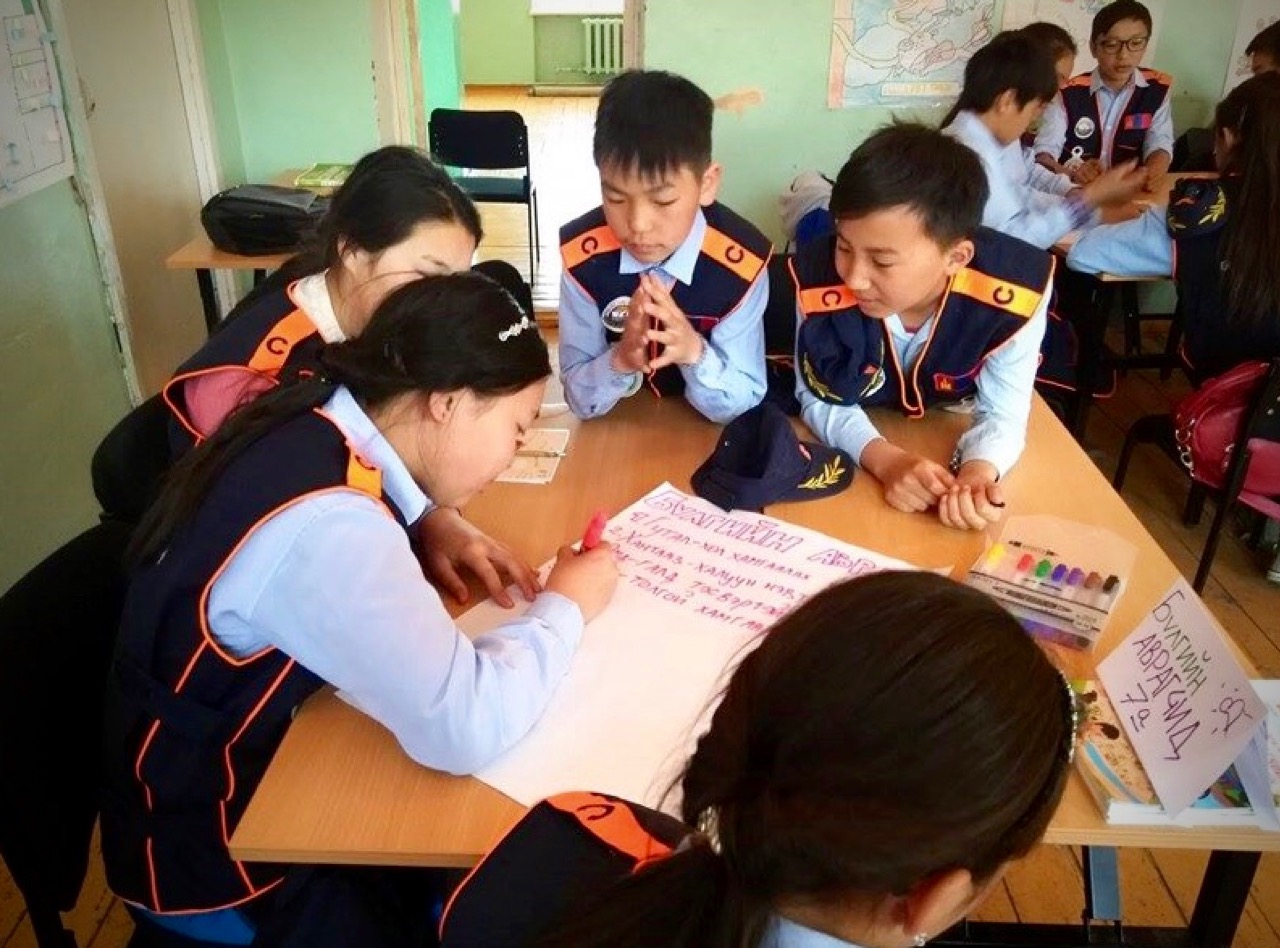International Disaster Risk Reduction Day launches Sendai Seven Campaign
BANGKOK- This year’s International Day of Disaster Risk Reduction (DRR) launches the “Sendai Seven Campaign”, when the UN Office for Disaster Risk Reduction and partners will promote, annually, each of the seven targets of the Sendai Framework for Disaster Risk Reduction adopted in Sendai, Japan in March 2015. From 2017-2021, Targets 2-7 will form the feature theme.
This year looks at Target 1 – substantially reduce global disaster mortality. The campaign offers World Vision and other international organisations, along with governments, community groups, civil society and the UN, a framework to promote best practices to reduce disaster risk and loss.
Children’s voices on disaster
In support of the upcoming 7th Asian Ministerial Conference on Disaster Risk Reduction in New Delhi, World Vision helped organize National Children and Youth Consultations in Bangladesh, China, Nepal and Indonesia. More than 1,600 children and youths, ages 8 – 24, contributed to discussions that spanned small focus groups in rural villages to large national forums with government ministers from April-September 2016.
World Vision has compiled their insights into a Children’s Voice for Disaster Risk Reduction that will be presented at the November ministerial conference.
Youth shared their suggestions, opinions and, at times, fear concerning disasters. Topping their concerns were safe schools.
It’s no surprise the roots of their angst given disaster statistics in Asia: Cyclone Nargis damaged at least half of Myanmar’s public schools in 2008, with damages to the country’s education sector costing nearly USD $10 billion. Thailand’s 2011 flood damaged nearly 3,000 schools, affecting 1.4 million students and costing the education sector some USD $430 million. Schools are often used as shelters, and oftentimes, school terms are interrupted long after the eye of the storm passes.
During the consultation in Bangladesh, one of the most disaster-prone countries worldwide, children were keen to use social media, among other channels, to warn their schoolmates of pending disaster.
But World Vision is painfully aware that awareness is only as good as the drills, simulations and capacity-building that follow. Below is a snapshot of ways World Vision is working with communities to become not only more risk-informed, but also risk-prepared, in East Asia.
China – Disability inclusive disaster risk reduction
Disasters have increased difficulties faced by people with disabilities living in disaster- affected communities worldwide. In response, World Vision China (WVC) piloted “disability inclusive DRR” in 2016. The first part of the pilot program introduced “disability-sensitive elements” into existing DRR projects. In addition to promoting child-focused inclusive DRR in 10 schools, WVC implemented DRR activities in three communities.
WVC invited experts from Hong Kong Rehabilitation Society to help design a disability-inclusive disaster drill. People with special needs have historically been excluded from disaster-preparation drills, and deemed too weak to participate. World Vision’s pilot inclusive drill ensured that all community members participate and helped increase community awareness about how to accommodate special needs during emergencies. A total of 40 people participated in the August 2016 drill, which is being analysed to serve as a reference to roll out more inclusive DRR drills in World Vision programming in China.
Vietnam - Swimming to freedom: In coastal areas of Vietnam’s Thanh Hoa Province, special-needs children learned how to swim and increase their resilience in water-related disasters.
Thailand - World Vision designed a special colouring book to help students colour their way to a safer future.
Mongolia - School safety: In Mongolia, World Vision produced a Junior Rescuer Handbook for independently run school DRR clubs.
Club members learn about the basics of different types of disasters, as well as more advanced information, including: First aid to injured children, household disaster preparedness, fire safety and rescue, preparation for harsh winters (dzuds), protection from chemical accidents and wilderness survival.
Read more stories about DRR and how planning ahead saves lives.
For more about our work on DRR in the Asia Pacific. Learn more through our research into best practices with the following publications:
- Advancing School Safety in Asia
- Comprehensive School Safety Practices in Asia
- Urban Disaster Risk Reduction Framework
For more information, contact:
Ms. Meimei Leung, Humanitarian Emergency Affairs Director
World Vision East Asia Regional Office
meimei_leung@wvi.org
or
Mr. Jimmy Nadapdap, Humanitarian Emergency Affairs Director
World Vision South Asia & Pacific Regional Office
jimmy_nadapdap@wvi.org

